IT’S heartening to discover you can pick up on Amazon a 15-DVD Collector’s Edition of the first 60 episodes of Take The High Road. I checked after visiting the picture postcard conservation village of Luss. The cult Eighties Scottish soap was filmed there. Never knew that.
The Clyde a distant hazy garland to our Edwardian era afternoon
We are searching the church grounds for its rare 11th century Viking grave – under an ornate stone marker called a hogback – but our impromptu guide won’t stop reminiscing about the heyday of High Road (as it became before being banished from our screens). A sudden squall of rain off Loch Lomond rescues us, sending us scrambling for the lochside Clan Museum, where I acquire a key-ring featuring the Colquhoun tartan (one of three patterns – all very confusing).
The walls are festooned with images of past Lairds and their ilk in what is really a visitor centre/gift shop magnet for all Colquhouns, or folk with variations of the name, from across the globe.

The skies clearing, we run into the current Colquhoun chieftain, Sir Malcolm, striding around his tourist fiefdom, which includes the handsomely refurbished Loch Lomond Hotel and a bright new Seafood Cafe attached to the village shop (more tartan – and shortbread).
 Picturesque Luss on the Loch is mostly made up of 19th century cottages built for estate workers
Picturesque Luss on the Loch is mostly made up of 19th century cottages built for estate workers

Luckily Luss is now bypassed by the busy A82. We left our car and took the Sweeney’s Cruises waterbus across the Loch’s widest stretch to Balmaha on the eastern shore, where the plan was to hook up with the scenic Conic Hill section of the West Highland Way, a 96 mile long distance footpath that ends in Fort William. The West Loch Lomond Cycle Route is on the Luss side.
It’s only when you get out there on the water that you realise the scale of Loch Lomond, the largest stretch of inland water in the UK by surface area. At the narrower northern end it’s as deep as the Black Sea; to the south, where we were, it is dotted with many islands, 22 named, some of which, featuring castle or monastic remains, may be visited. Check this link for more information.

Inchconnachan (it means Colquhoun’s island) is the most heavily populated – by red-necked wallabies! Lady Colquhoun introduced them in the 1940s and it’s the most voiable wallaby colony outside Australia. Inchcailloch, dubbed the ‘island of the old women because of the nunnery founded here by St Kentigerna has a nature trail and superb views.
It’s also the ancient resting place of the chiefs of the clan MacGregor. In 1603, the MacGregors massacred more than 200 Colquhouns in Glen Fruin. In retaliation, their chiefs were executed and the entire clan proscribed – their land was taken away and their name banned. This drove Rob Roy underground and spawned the legend of the rebel outlaw. And you thought Old Firm derbies were bad enough.
We inch (sic) past Inchlonaig, the island of the yews, reputedly called that because Robert the Bruce ordered planting to create wood for bows.
We docked at Balmaha, the end of the road on the east side. After that it’s mostly the West Highland Way northwards along the Loch to Inversnaid and Rob Roy’s Cave, which Robert the Bruce also used as a haven.
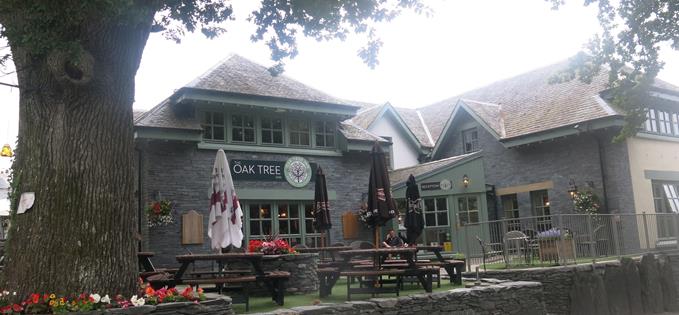
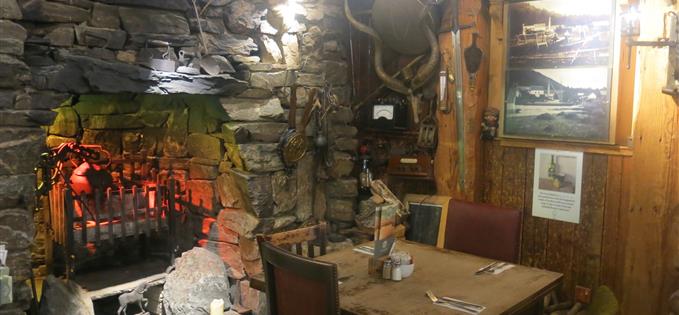
The best haven in low key Balmaha is the welcoming Oak Tree pub. The Fraser family built it from scratch out of slate in 1997, creating a bar from a 300 year-old-elm; the eponymous oak outside is 200 years older still. Inside must be a devil to dust, every Scots object jostling for space. It should feel twee, but it pulls it off perhaps because of the contemporary buzz from owner Sandy Fraser’s sons Stuart and David. You can understand why it won Scotland’s Best Independent Pub 2015.
Half of the village seems to have been converted into Oak Tree accommodation while St Mocha is their new Coffee Shop and Ice Cream Parlour. The apt name is derived from the Gaelic words Balmaha comes from. The ice cream is made in house, the commissioned coffee as artisan as it gets. Plus to keep the lads busy, when they are not reinforcing their land against Lomond’s encroaching swell, a state of the art hot smoker has just arrived and new brewing equipment is on the way.
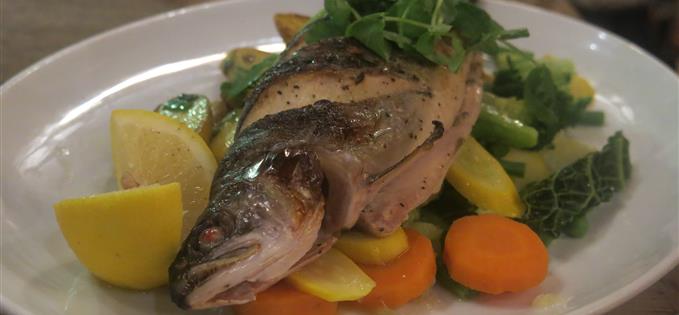 Arctic charr – a freshwater delicacy whose breed dates back pre-Ice Age
Arctic charr – a freshwater delicacy whose breed dates back pre-Ice AgeWe resisted the temptation to sample the resident 50 malt whiskies, choosing instead to sup the local Lomond brews with our lunch of Arctic Charr – definitely a first for us and an oak Tree speciality. Oven-baked, this freshwater distant cousin of the salmon came with a lime and chive butter and heaps of veg.
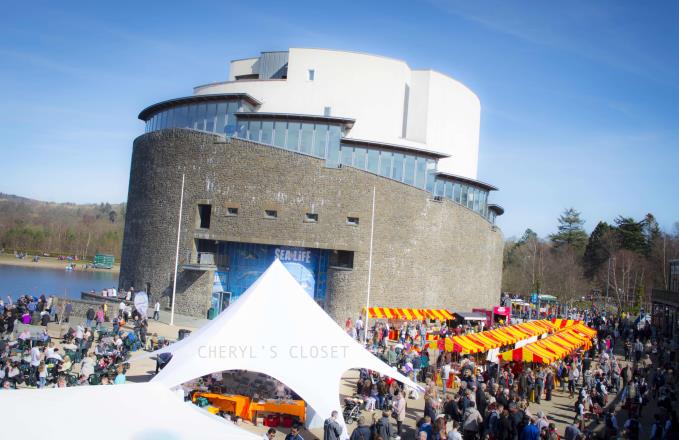 Food Festival outside the Sealife Centre; below, a couple of its inhabitants
Food Festival outside the Sealife Centre; below, a couple of its inhabitants


If Balmaha is quiet Lomond, then Balloch down the road is the busy gateway. Here to mark the creation of the The Loch Lomond and Trossachs National Park in 2002 was built Loch Lomond Shores, blending retail with eco-tourism. Huge car parks funnel in the weekend visitor to the sedatest. most family-friendly of malls/food courts, complemented by Loch cruises and outdoor activities along the shore.
 A musical interlude with a breathtaking backdrop at Loch Lomond Lomond Shores
A musical interlude with a breathtaking backdrop at Loch Lomond Lomond ShoresThe Sea Life Centre is fun for the youngsters (they'll love the playful otters) and there are twice monthly Farmer’s Markets, the pride in Scottish produce culminating every September in the Loch Lomond Food & Drink Festival, which attracts 30,000 visitors and has been named recently in the Top 10 UK food festivals. It’s big on haggis eating and foraging.
For the more daredevil the 720 square mile national park is a hill walker’s paradise, featuring 21 Munros (peaks over 3,000ft) including Ben Lomond, the most southerly – shrouded in mist throughout our Loch visit.
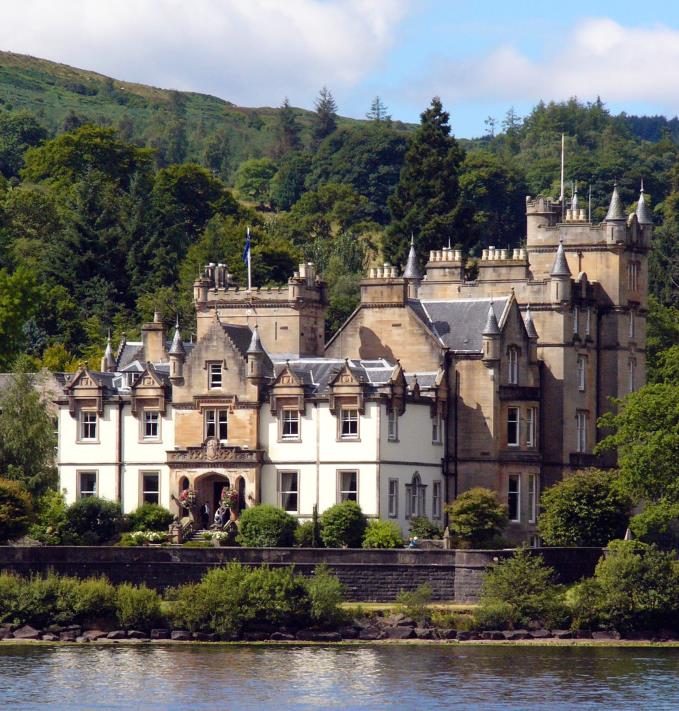
The sun did come out at Cameron House (above), Lomond’s most celebrated baronial hotel. The last time we were in these parts it was hosting a young Paul Gascoigne, then a Glasgow Rangers player, in one of its lodges. As fellow guests, we said hello in the attached leisure centre pool. He looked well. Today’s hotel restaurant, curated by Edinburgh super chef Martin Wishart, holds a Michelin star – we dined in the more informal Boat House down by the marina, lapped by the Loch.
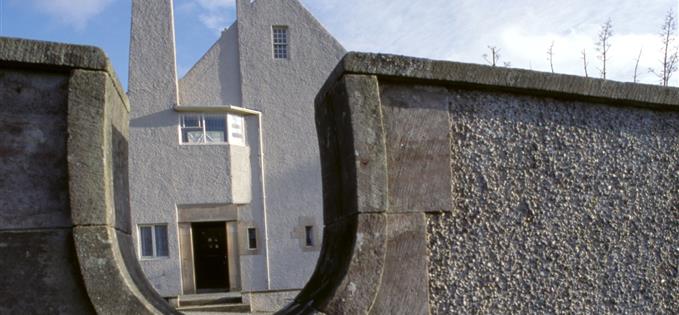
On this trip we were based eight miles to the west in Helensburgh on the Clyde Estuary. The main reason for the stay was the Mackintosh Hill House, domestic architectural masterpiece of Charles Rennie Mackintosh, an inescapable presence during our earlier visit to Glasgow.
 The radiant Mackintosh Hill House (interior gallery at ther end of the article)
The radiant Mackintosh Hill House (interior gallery at ther end of the article)Many thanks to Lorna Hepburn, property manager of this National Trust Scotland gem for a wonderful tour. The images in the gallery, courtesy of NTS, show the glory of the place daringly commissioned in 1902 by publisher Walter Blackie as a family home like no other in this dormitory retreat for rich Glaswegians. Mackintosh designed nearly everything inside the Hill House, too, from the decorative schemes and the furniture to the fittings and contents. It’s a visually arresting mix of Arts and Crafts, Art Nouveau, Scottish Baronial and Japonisme architecture and design. Alas, in recent times its fabric has been damaged by rain inundation and funds are being sought for major restoration.
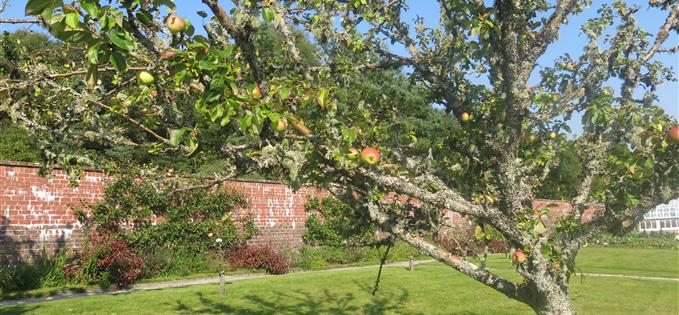
We loved the walled gardens also with the Clyde a distant hazy garland to our Edwardian era afternoon
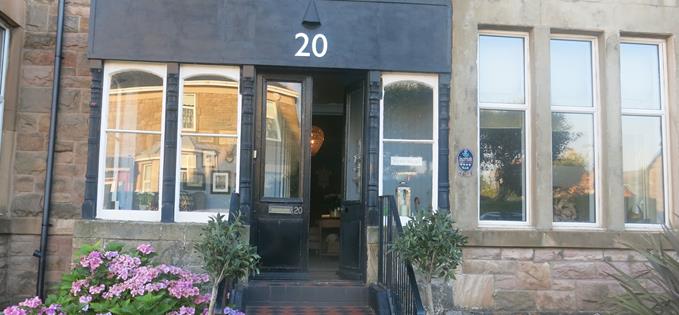


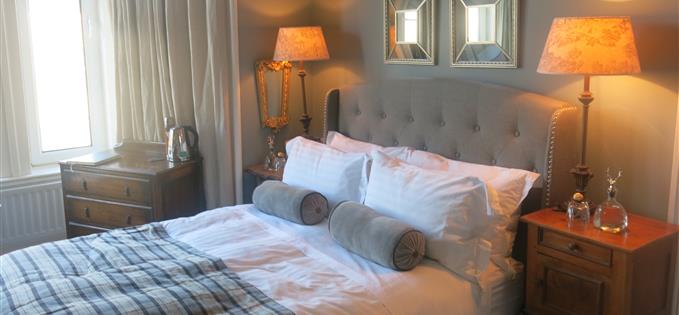
Our B&B in a breezy enclave, a mile south of Helensburgh centre, radiated its own period charm, bijou but not precious (pictured above). No.20 is run by commerce escapee Catriona Kane and her ex-Army husband. The rooms are evocatively named Heron, Oyster Catcher and Cormorant and the decor is just the right side of quirky. Cat herself is fun and a fount of local information.
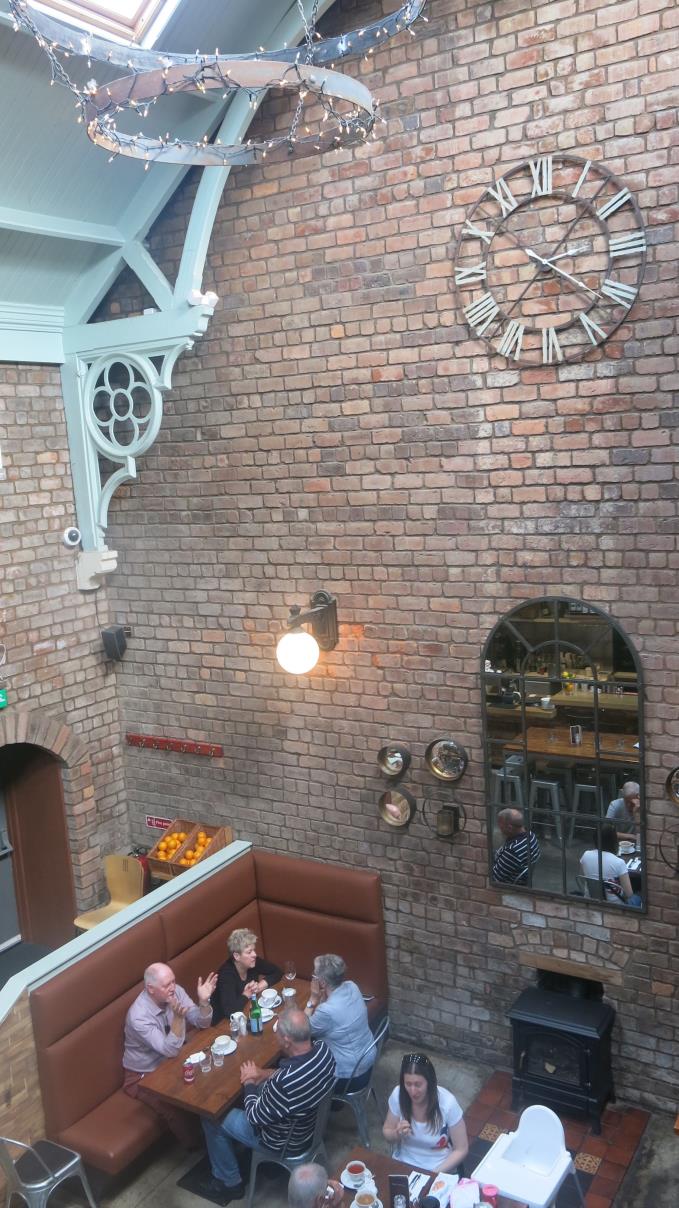 Riverhill – plenty of space to enjoy the globally ambitious food
Riverhill – plenty of space to enjoy the globally ambitious foodIn truth, there’s not a great deal to do in Helensburgh itself, pleasant to mooch around in though it is, but there is a resurgent dining scene. One lunch was in the Riverhill Courtyard, a dramatic space created out of the former Good Templar’s Hall. Using a vast web of suppliers that also feed into their excellent sister operations in Glasgow, Riverhill surprises by yoking together an all-day cafe with eclectic world food influences. Scots lamb with Thai spicing anyone?
The Nikolic family’s culinary empire is exclusively Helensburgh-based. Serbian Milan and local-born wife Cara, a former Daily Record reporter, only opened their first restaurant here, Riverbank, in 2010, then converted an Indian restaurant into tapas bar La Barca. We dined in their latest venture, stylishly created out of the remnants of an old pub and shop.
 Cattle and Creel shows its food creed; below, the proof is in the seafood platter!
Cattle and Creel shows its food creed; below, the proof is in the seafood platter!

Cattle and Creel, as the name suggests, combines the finest local meat and seafood. Our £60 to share platter of the latter, featuring a whole lobster, half a dozen, langoustines, crab and mussels, was bountiful and beautiful. The bar afterwards with a bonus carafe of red, the distant lights of Greenock twinkling across the water, was a fitting setting to toast bonnie bonnie Lomond and the unsung Clyde.
We travelled the 25 miles from Glasgow to Loch Lomond via the M8 and A82. Check out my previous pieces on the city’s Architectural Heritage and Food and Drink Scene.
 Helensburgh straddles along its coast; below the view from No.20
Helensburgh straddles along its coast; below the view from No.20

Factfile
Neil stayed at boutique B&B No 20, Craigendoran Ave, Helensburgh, G84 7AZ Scotland | 07773 844612. . Rates, including breakfast, are £90 (£75 single occupancy)
For full Loch Lomond tourism information visit here. Follow @lovelochlomond
For those who like to get close to the water canoes and kayaks can be hired from Loch Lomond Watersports and Balmaha House (next door to the Oak Tree).
THE GLORIES OF MACKINTOSH HILL HOUSE










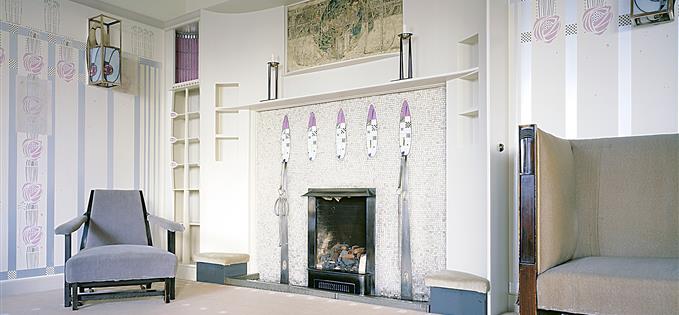

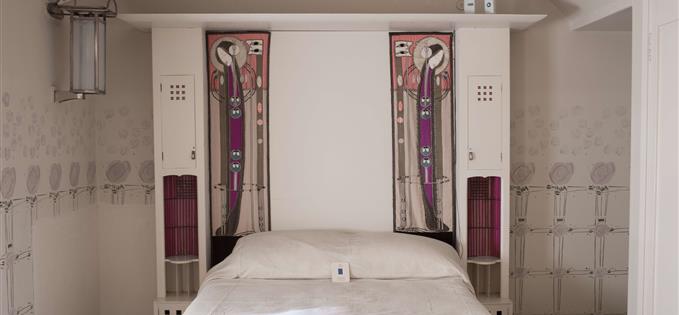
 Powered by
Powered by 
